Firefly Aerospace became the first private company to land a spacecraft on the moon when Blue Ghost lunar lander touched down on the moon on March 2nd.
What an incredible achievement – and that 4K video from the lunar surface is just mesmerizing.
Firefly Aerospace became the first private company to land a spacecraft on the moon when Blue Ghost lunar lander touched down on the moon on March 2nd.
What an incredible achievement – and that 4K video from the lunar surface is just mesmerizing.
A documentary film about the new space race
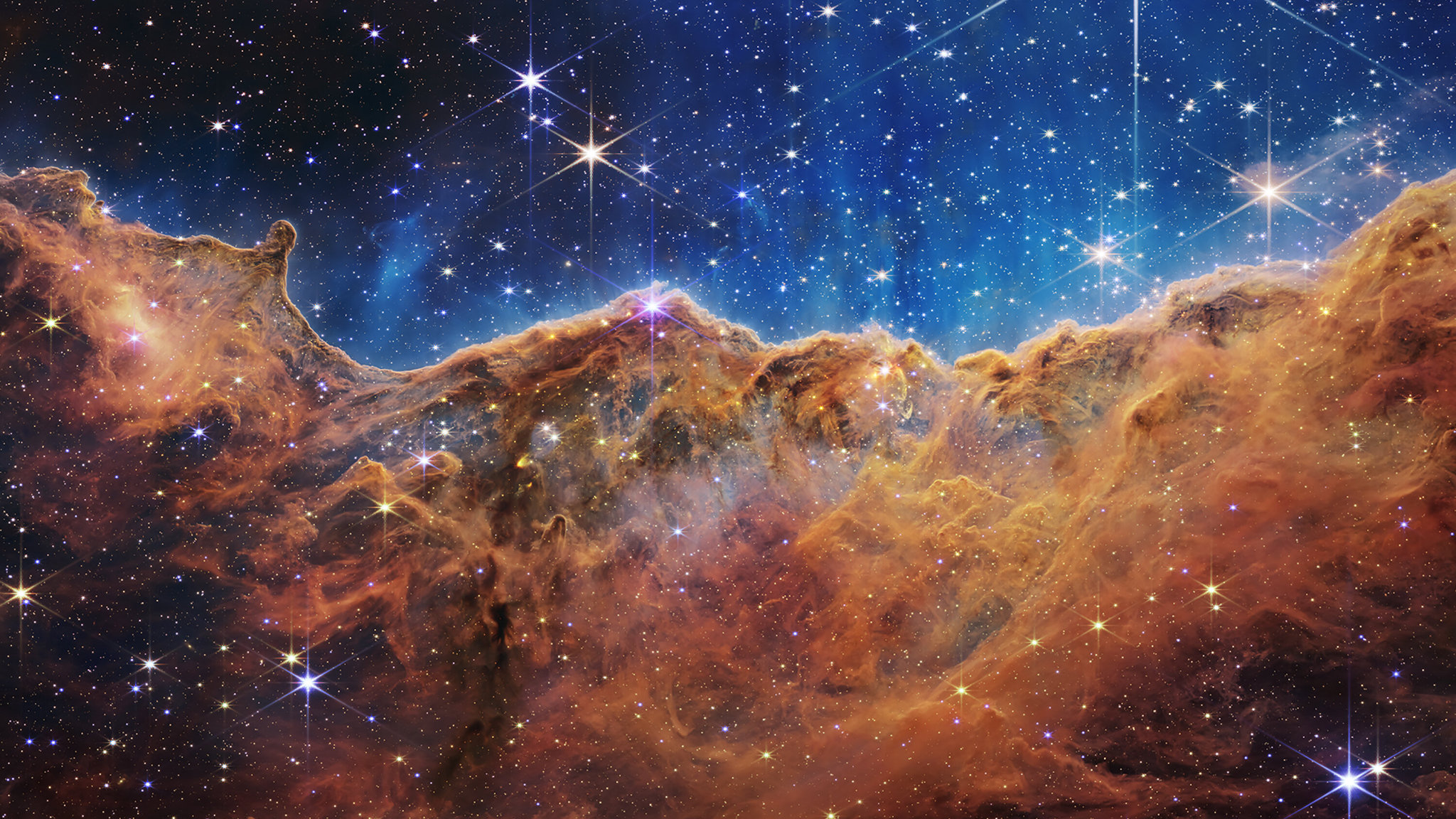

The Carina Nebula. Only 8,500 light years away.

The launch complex at Cape Canaveral.

From orbit to the seabase.
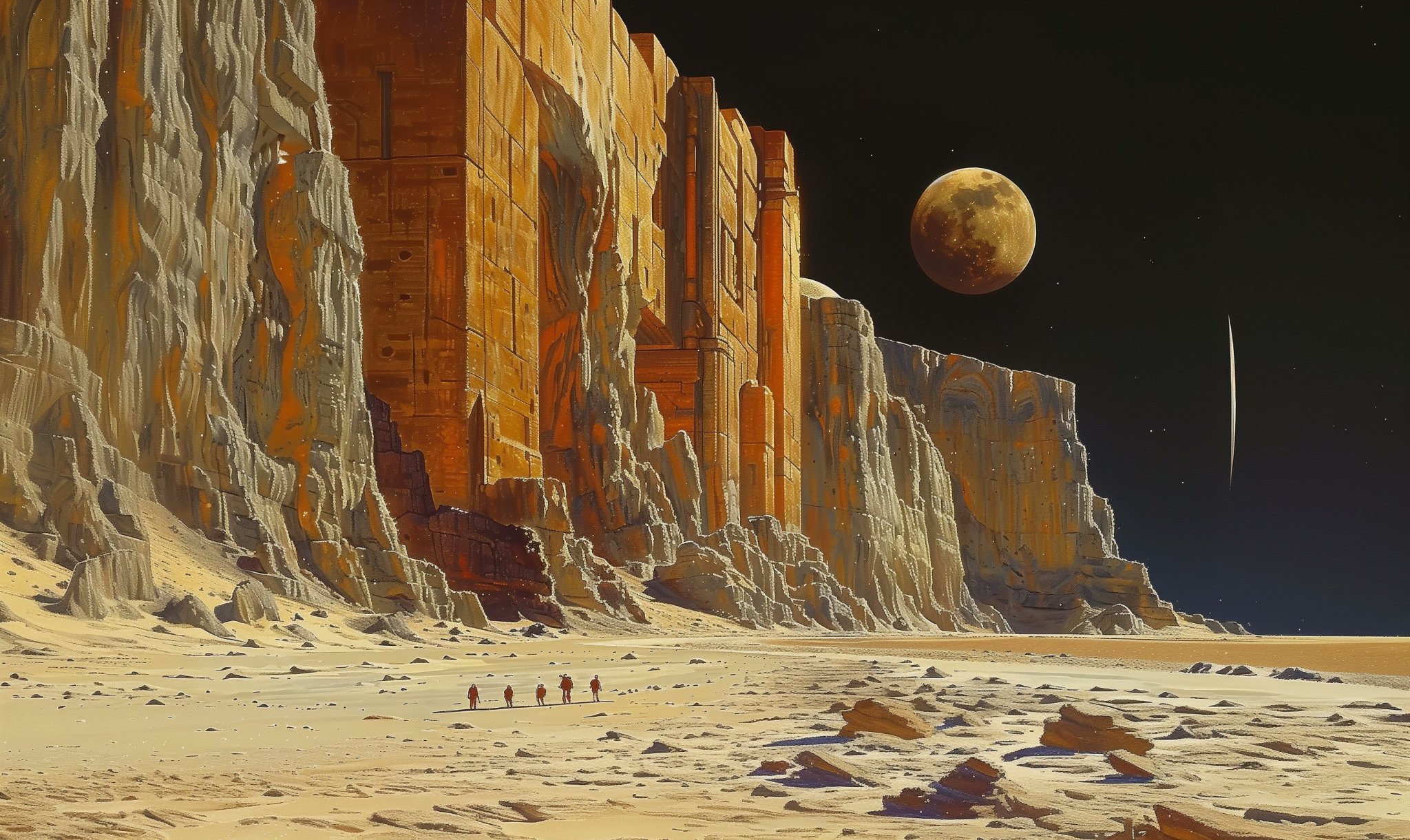
Ruins.
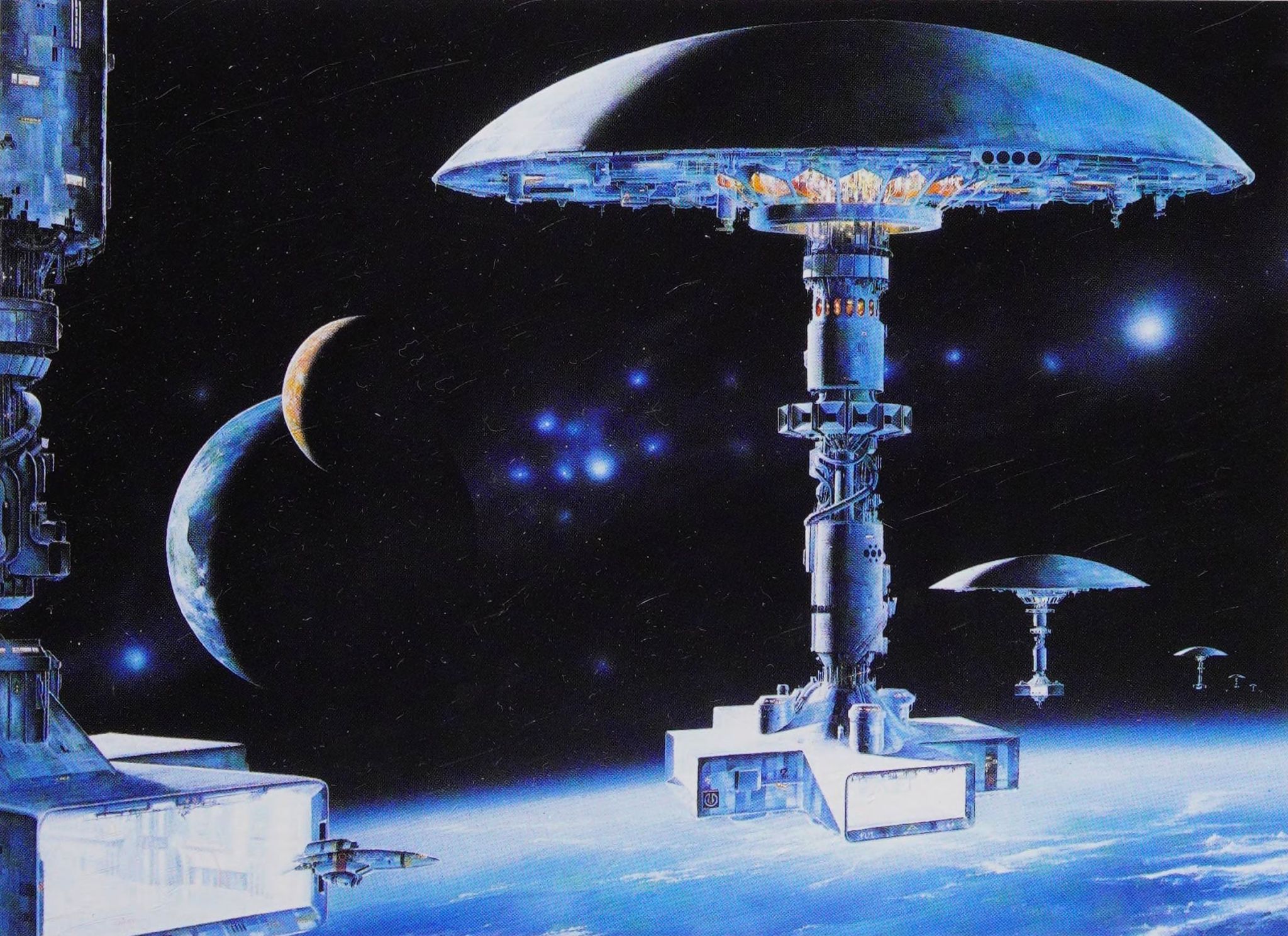
Space mushrooms.
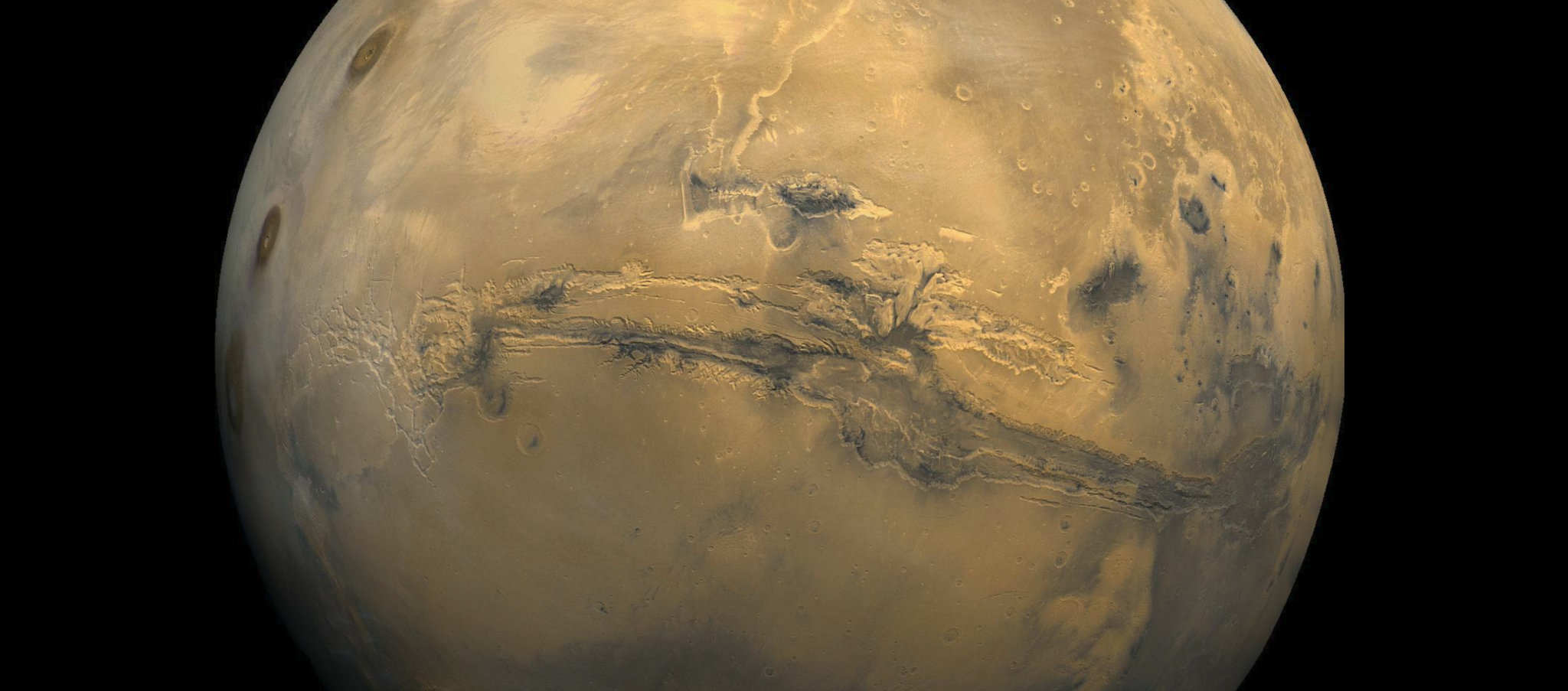
The Valles Marineris canyon on Mars.
2,500 miles long, 120 miles wide, 4.5 miles deep. The largest canyon in the Solar System.


I dig Noriyoshi Ohrai ’s spaceship concepts.

Cylindrical space colony. Rick Guidice.
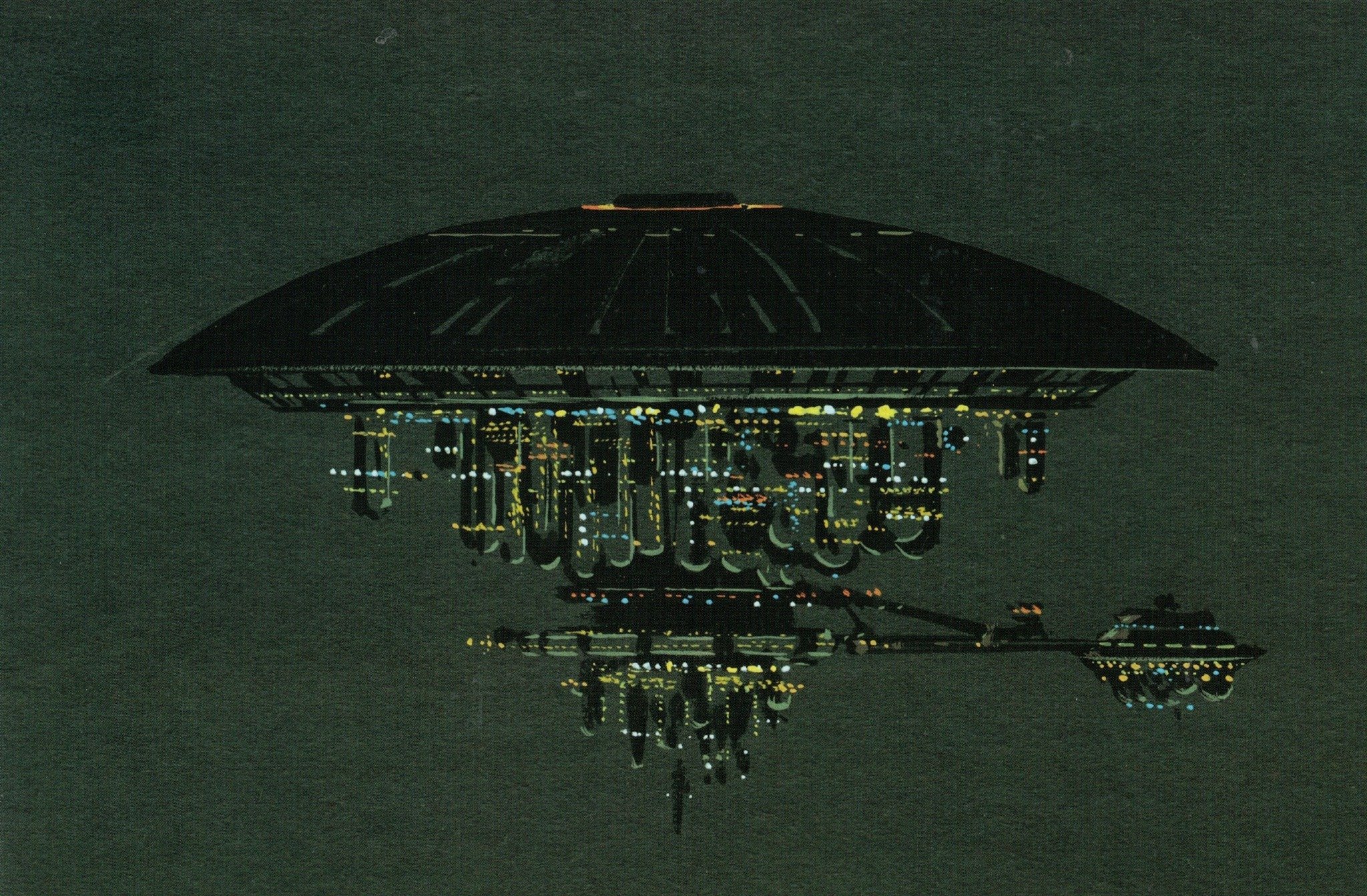
Concept art from Close Encounters of the Third Kind. Ralph McQuarrie.
(via @FedeItaliano76)
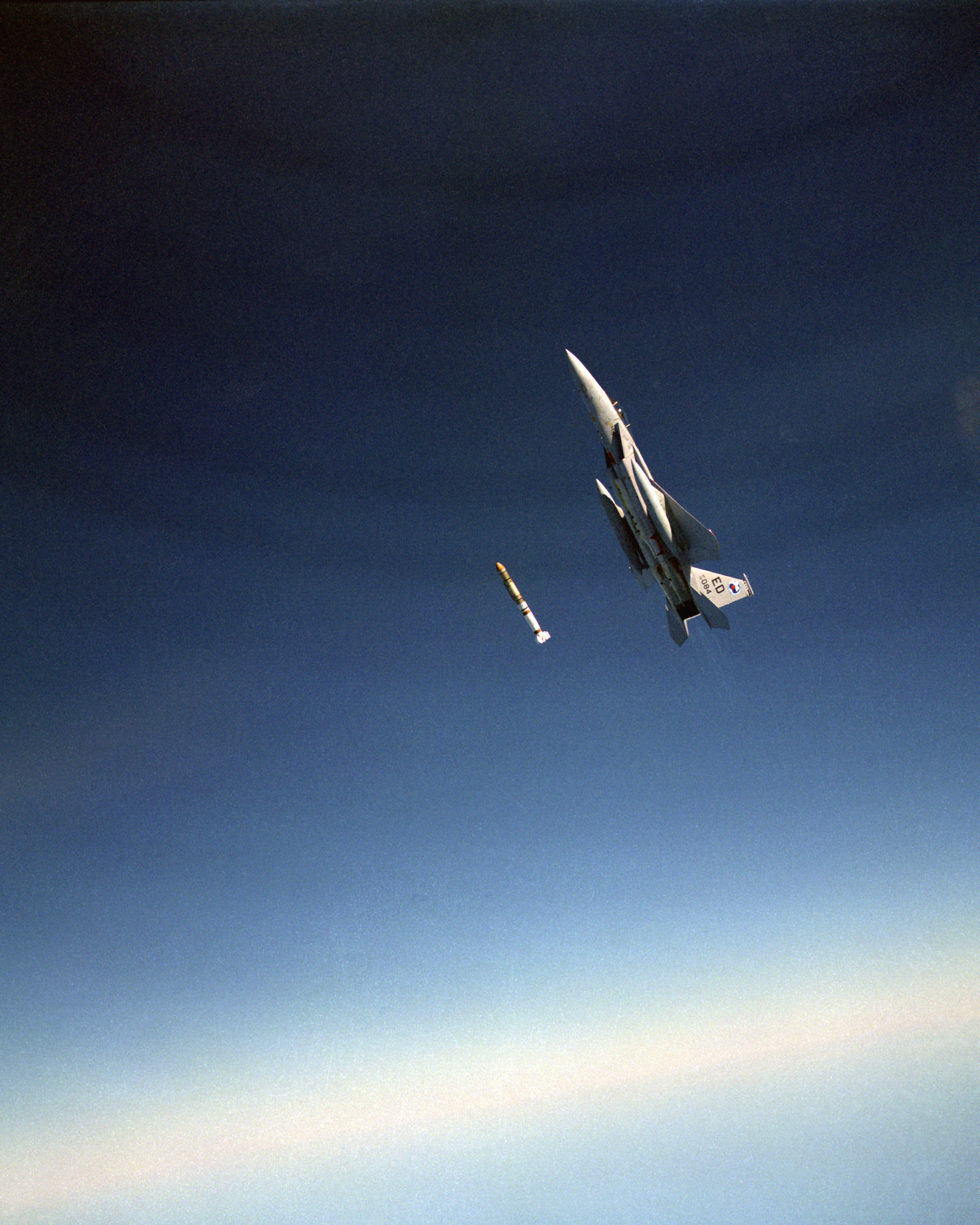
F-15 launching an ASM-135 anti-satellite missile.
Like a photo of a future space war. (via @kane)

The island of Hispaniola , from the ISS.
The collapse of the Arecibo Telescope in Puerto Rico.

I want a future of ringworld colonies and Dyson spheres.
The first flight test of the full-size Starship platform.
Inspiring stuff from SpaceX.
Byrne Hobart steps through 3 reasons to be excited about SpaceX's internet platform.
Visualizing the Starlink constellation.
Areography is 'geography' on Mars. This is a brief lesson in Mars's topography.
Tagging data with Turf, Curiosity high-res photo, and different kinds of easy.
Simulating space physics, mapping mathematics, and centuries-old companies of Japan.
Scientist Wernher von Braun explains how we might one day reach the moon.
Using space and microgravity as a new center of manufacturing.
National Geographic's Atlas of Moons, Opendoor and Redfin partnership, and walking to spur creativity.
BLDGBLOG on navigating through deep space and time.
Visiting Kennedy Space Center with the kids.
Visualizing map projection distortion interactively, a National Park Service typeface, and SpaceX's move for space-based connectivity.
Cloudflare's private DNS system, the Mars rover Opportunity is no more, and the rise of millennial socialism.